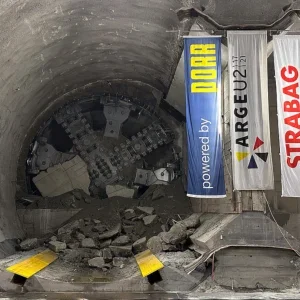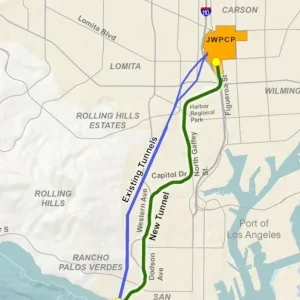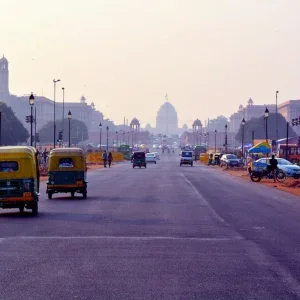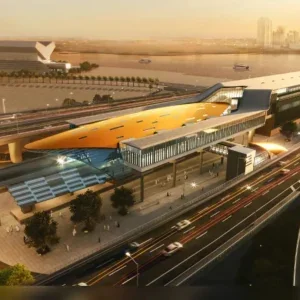"The authorities are focusing on improving ventilation and controlling carbon emissions inside Makkah’s tunnels during the holy month," said Colonel Saleh Al-Olyani, Makkah Civil Defense spokesman.
"In fact, authorities have deployed 12 teams to measure toxic air emissions inside 58 tunnels in the holy city around the clock."
Getting to and from Makkah’s Grand Mosque during Ramadan is a challenge for pilgrims and authorities alike.The city’s tunnels see a massive influx of cars and trucks, especially in the evening hours following the Ramadan "taraweeh" prayers, exacerbating already high pollution levels.
As such, controlling the rate of emissions inside these tunnels can prove challenging.
Only public transport vehicles are allowed into Makkah’s tunnels during the holy month.
Despite these measures, the harmful fumes emanating from diesel-operated engines pose a health threat to residents and pilgrims.
"The Civil Defence has adopted a comprehensive plan for the management of tunnels around the Grand Mosque, especially during the peak hours before and after evening and taraweeh prayers," he said.
"Teams will measure carbon emissions rates in order for traffic authorities to be able to streamline the flow of vehicles," he said.
"Authorities plan to prevent vehicle overcrowding."
Makkah’s 58 tunnels span over 20km. The city’s municipality recently signed a three-year maintenance contract for these tunnels worth almost SAR 11M (USD 2.93M).
The Souq Al-Sagheer tunnel connecting the Grand Mosque and Umm Al-Qura is considered the most pivotal in easing traffic in the central area.
The tunnel, which has separate lanes for vehicles and pedestrians heading to the mosque, contains 882 sodium lamps, 2,123 fluorescent lamps, 68 jet fans, eight escalators and eight devices for measuring carbon monoxide levels, according to the municipality.







